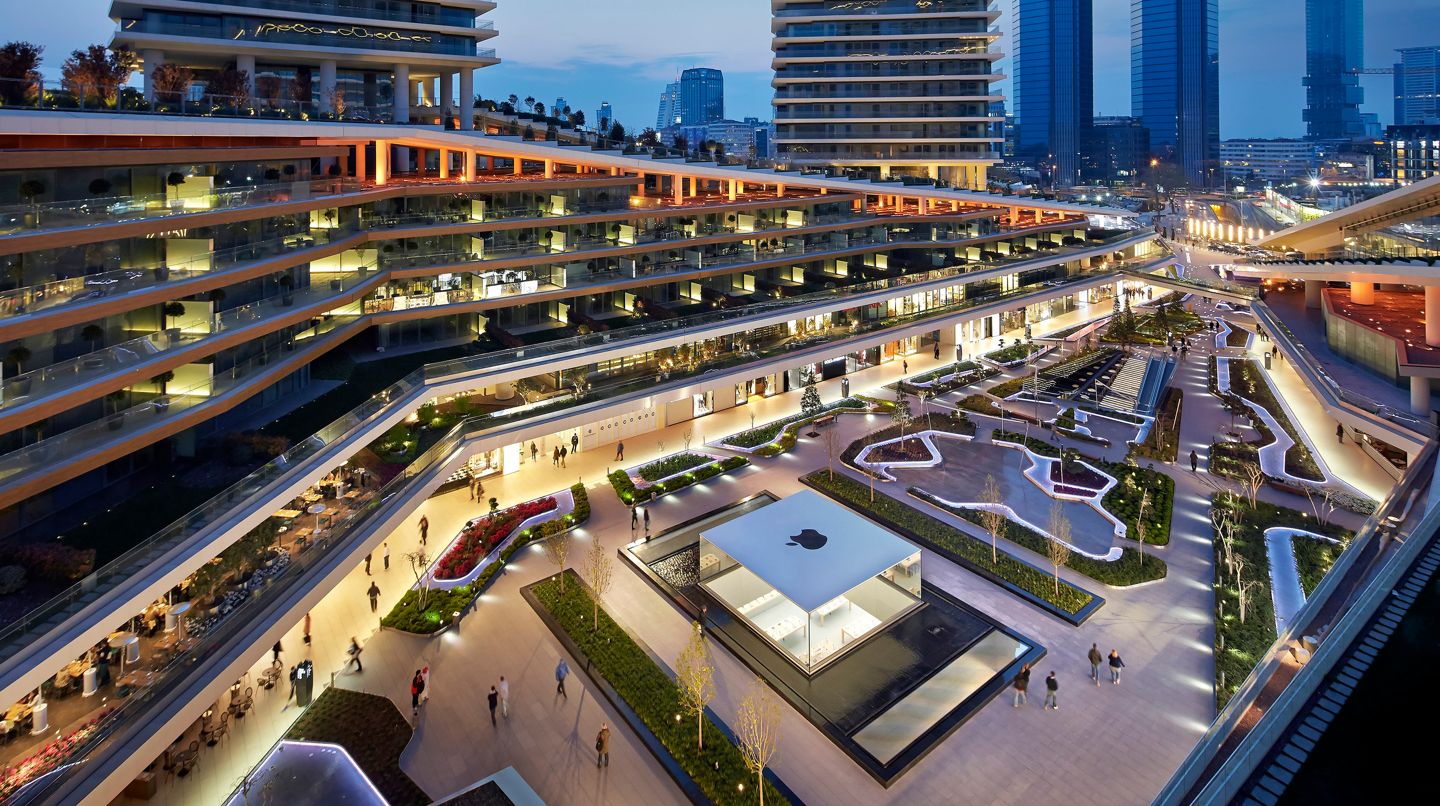Revival of Traditional Turkish Clothing in Modern Fashion
In recent years, there has been a remarkable resurgence of interest in traditional Turkish clothing within the realm of modern fashion. This revival represents more than just a nostalgic homage to the past; it’s a celebration of Turkey’s rich cultural heritage and a testament to the enduring appeal of its traditional attire. From the bustling streets of Istanbul to the catwalks of international fashion weeks, traditional Turkish clothing is making a stylish comeback, captivating designers, enthusiasts, and consumers alike.
Historical Roots: Traditional Turkish clothing has deep roots in the country’s history, reflecting the diverse cultural influences that have shaped its identity over the centuries. From the opulent robes of the Ottoman court to the colorful attire of Anatolian villagers, each garment tells a story of craftsmanship, tradition, and symbolism.
Modern Interpretations: In contemporary fashion, designers are reimagining traditional Turkish clothing with a modern twist, blending heritage with innovation to create fresh and wearable designs. Classic silhouettes are updated with modern cuts and fabrics, while iconic motifs and patterns are reinterpreted in bold new ways.
Iconic Motifs and Patterns: One of the defining features of traditional Turkish clothing is its intricate motifs and vibrant patterns, which are now being incorporated into modern fashion collections. From the geometric designs of Anatolian kilims to the floral motifs of Ottoman textiles, these patterns add a touch of heritage and authenticity to contemporary clothing and accessories.
Quality Craftsmanship: Turkish artisans have a long tradition of craftsmanship, producing textiles using age-old techniques such as weaving, dyeing, and embroidery. In modern fashion, designers are embracing these artisanal techniques, creating garments that are not only beautiful but also sustainable and ethically produced.
Cultural Identity: The revival of traditional Turkish clothing is also a celebration of cultural identity, as it allows people to reconnect with their roots and express pride in their heritage. Whether worn as everyday attire or special occasion wear, traditional Turkish clothing serves as a powerful symbol of cultural continuity and resilience.
Global Influence: The revival of traditional Turkish clothing is not limited to Turkey; it’s gaining popularity on the global stage as well. Fashion designers and enthusiasts from around the world are embracing Turkish-inspired designs, incorporating elements of traditional clothing into their own collections and personal style.
Conclusion: The revival of traditional Turkish clothing in modern fashion represents a vibrant fusion of heritage and innovation, tradition, and creativity. As designers continue to draw inspiration from Turkey’s rich cultural heritage, traditional clothing will remain a timeless and iconic symbol of Turkish identity, cherished by generations to come.
Mimi Moda
Manufacturing process and selection of high quality fabrics at Mimi Moda
Mimi Moda is a leading company in the field of manufacturing clothing and uniforms for institutions, hospitals and restaurants, and is distinguished by its focus on providing high-
Benefits of importing from Türkiye
Importing from Turkey has become an attractive option for many companies and individuals around the world due to the many advantages this country offers. These benefits vary and in
Success Story with Mimi Moda
Success Story with Mimi Moda In Riyadh, Khalid, the owner of a successful local restaurant chain, decided to expand his business and open new branches across the country. To achiev
Luxury shopping in Istanbul
Luxury shopping in IstanbulHere are some popular places for luxury shopping in Istanbul: Nisantasi: Nisantasi is a high-end shopping district in Istanbul, known for its designer bo
Things to do in Istanbul:
Things to do in Istanbul: Explore the Historic Sites: Visit iconic landmarks such as the Hagia Sophia, Topkapi Palace, Blue Mosque, and the Grand Bazaar to immerse yourself in Ista
Tips for coordinating colors in veiled clothes
Coordinating colors in veiled clothes can add a touch of elegance and beauty to your look. Here are some tips for coordinating colors beautifully:Basic and neutral colors:Basic col
Best Shopping Malls in Istanbul 2024
Best Shopping Malls in Istanbul 2024 Istinye Park: It is one of the largest shopping malls in Istanbul and offers a wide variety of international and local brands. It is known for
Islamic Fashion
Islamic Fashion: Turkish Influence and Global Appeal Islamic fashion, characterized by modesty while remaining stylish and contemporary, has seen significant influence from Turkish
How to start a wholesale clothing business
How to start a wholesale clothing business: tips and advice from Mimi Moda Starting a wholesale clothing business can be a profitable and exciting move, especially in a growing mar
















